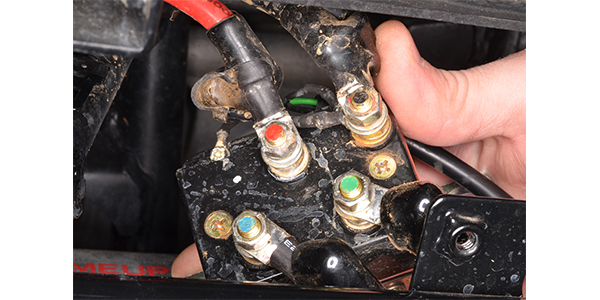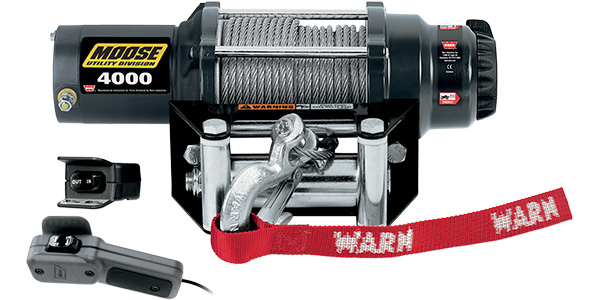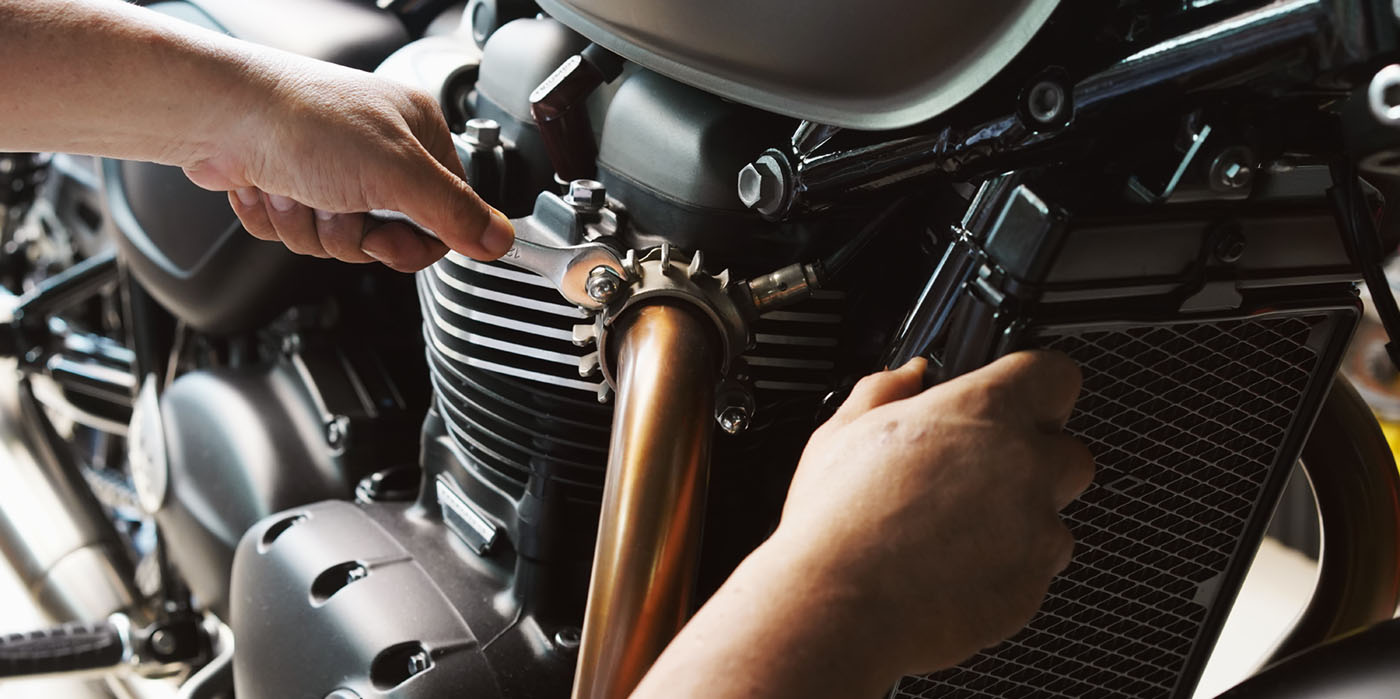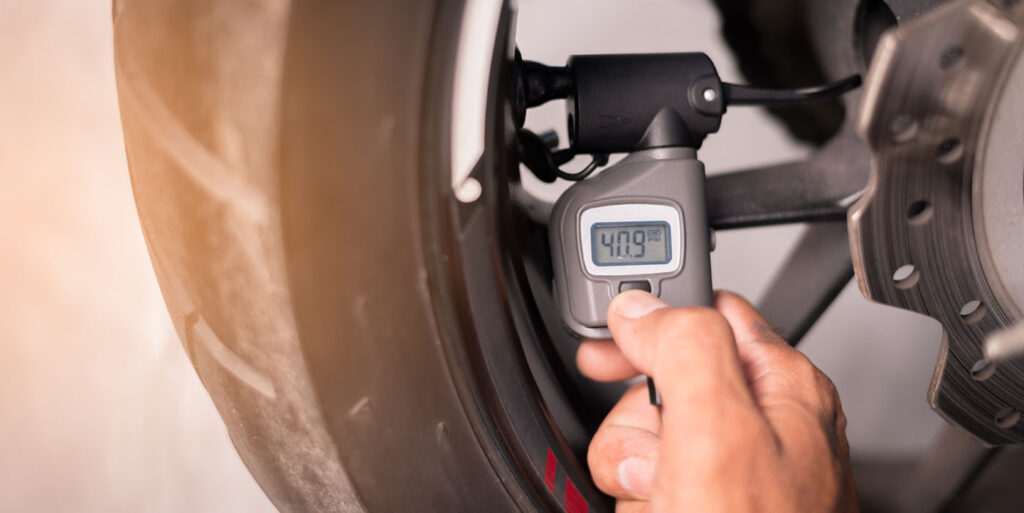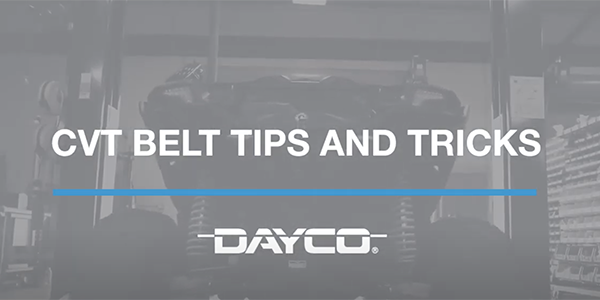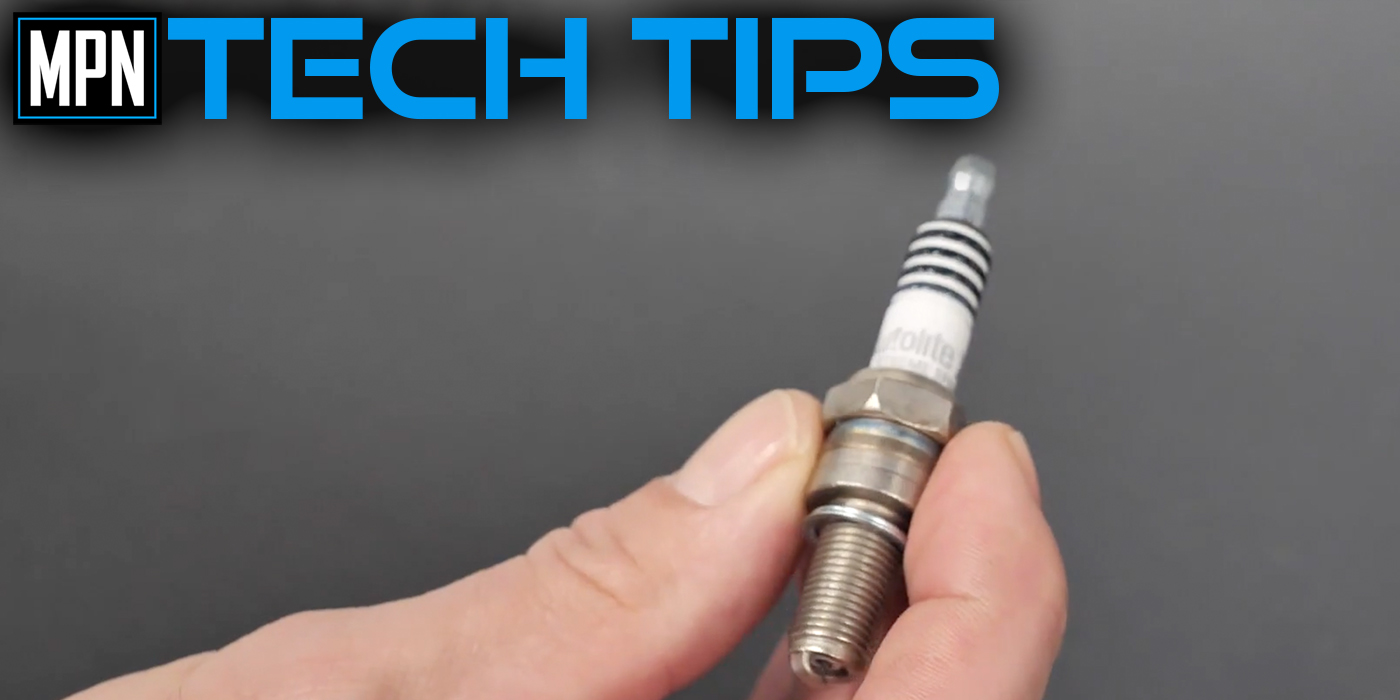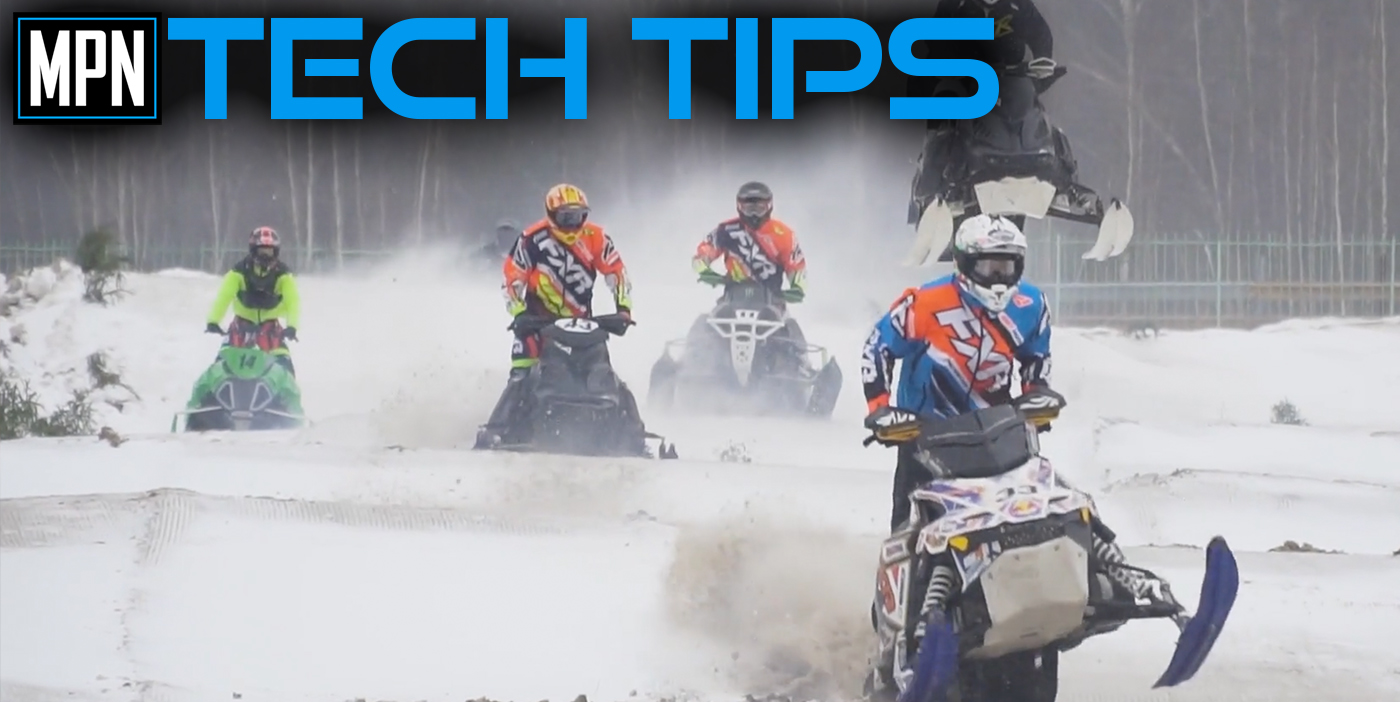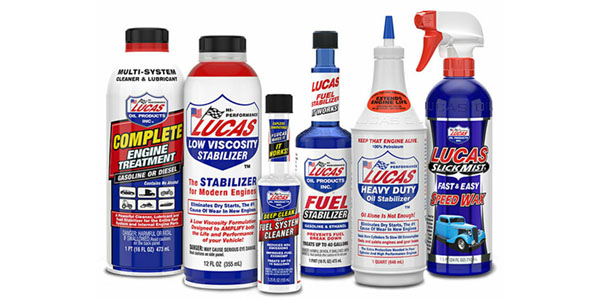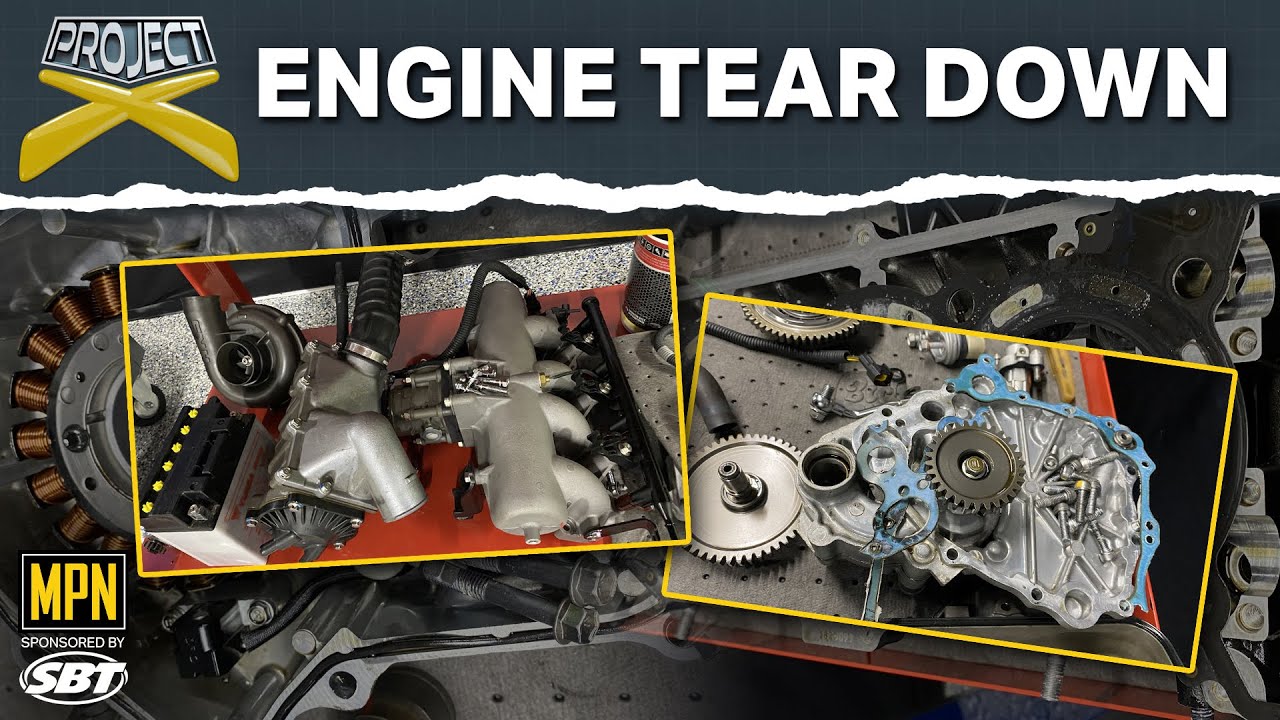Dealers that service UTVs in colder climates are used to the wave of customers that show up around the time the first snow threatens to fall. These customers want to add a winch and/or a plow to their vehicles so they can be ready for when they might need it.
The demand for winch installations continues through spring, summer and fall for different reasons. Regardless of the reason, whether it be to lift a plow, pull downed timber or to pull out a stuck riding buddy, adding a winch is one of the most requested modifications off-road dealers get.
A service department that can do a quality winch installation is one that will generate cash for both the service and parts departments. Here’s an overview of a typical winch installation.
Most winch installs involve three major components: the winch motor and cable, the winch solenoid and the winch control switch. Depending upon your brand of vehicle and winch, there may also be a winch mount adaptor needed. This will generally include specialized mounting hardware and wiring to fit the winch to a particular model.
The first and most important step in a winch install is to make sure you have the right components. If you don’t have the right adapter components for the specific model, it will make the install much harder to correctly do. A hacked-together install is not something you want leaving your shop, so be sure to have the right parts before you begin.
Starting off, the winch motor and cable must be securely mounted to the vehicle. Once the winch is mounted, you’ll move on to the wiring.
The winch solenoid delivers power to the winch motor when activated by the winch control switch. The winch control switch tells the solenoid how to apply power to the motor to move the cable out or pull it in.
The control switch needs to be connected to a wire that is only hot when the ignition switch is on and a test light will work great to verify this. If the vehicle has a 12V accessory plug that is turned on with the ignition switch, this is a good place to start looking for power.
If the control switch is connected to a constant hot, it can cause a current drain, resulting in a dead battery. The control switch must also connect to the winch solenoid.
Pay close attention when connecting the wires to the solenoid. If they are installed improperly, the winch will not function correctly and a dangerous condition may be created.
Cables from the positive and negative battery terminals will connect directly to the winch solenoid. These will be large in diameter, usually around six gauge. Also, cables will run from the solenoid to the positive and negative terminals of the winch motor.
Connecting and routing the cables from the battery to solenoid and solenoid to winch motor is often the hardest part of the install. They must be routed so they cannot be damaged by moving parts, sharp edges and hot components.
The cables must be tucked away for safety and a professional appearance, which may require cutting long ones and re-crimping ends on them.
Many newer utility models are designed with winch installs in mind. Often the power cables from the battery to solenoid mounting location will be installed from the factory.
If your shop does winch installs often, keep a log on the details of each model. Important items to note are: solenoid mounting location, preferred wire routing and optimum control switch position.
Following this log ensures the job is done as efficiently as possible and is installed in the same manner on like machines should they be compared or need any troubleshooting on the trail.
If you’re going sell and install winches be sure to also have snow plow, tire chain and any other winch-related accessories available to the customer.

